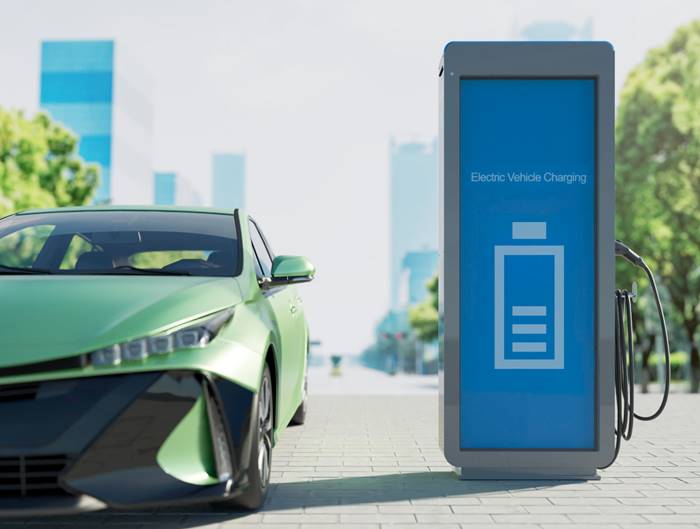Losing charge on your phone is inconvenient at the best of times, but sometimes it can mean the difference between life and death, or at least it can cause serious inconvenience.
If you work out in the wilderness, or you’re a keen hiker who relies on a GPS device for navigation or a mobile phone for emergency communication, losing charge on any of your devices could prove distinctly problematic for your safety or the efficiency of your work.
[Read also: How to Protect and Extend your Gadget’s Battery Life]

Where is the energy going to come from?
Using the same well known, but undervalued and underused natural phenomenon that produces lightning you can harvest energy from the atmosphere and funnel it into your handheld device. With the right, easy-to-get-your-hands-on kit, you can build an emergency battery charger for those desperate moments when you have run out of charge.
The phenomenon is a static charge that builds up on antennae and long wires in open air. The charges that build up on these wires are often considered a nuisance, and can interfere with radio equipment if the wires are not grounded properly.
We can, however, take advantage of this nuisance and use it to our advantage during blackouts, power cuts and when we’re stranded away from a conventional power source.
[Read also: How To Take Care Of Your Laptop Battery]
What you’ll need to build your emergency charger
The home-made kit will consist of a marine battery – generally used in boats and marine transport as a starter motor; a spark plug found in most, if not all road vehicles; approximately 200 ft of insulated wire such as old phone lines or a television cable – it is important that it is totally insulated both for safety and charge retention purpose and finally any 12-volt automotive coil: salvaged or new.
The set-up, once you’ve acquired all of the kit, is so simple you could assemble it out in the field or in heavy weather conditions.
Begin by hooking up the spark plug tip to the end of your antennae wire which will work better the higher you have hoisted it. Once the wire is connected, attach the ground end of your spark plug to into the top cap of your automotive coil.
[Read also: How to Charge Your Laptop Battery Without Its Original Charger]
Finally connect the end of your automotive coil that normally connects to the points in your car to the positive side of the marine battery. Connect the negative end to a ground pole which should be safely cordoned off and the only part of the circuit which is touching the ground to prevent unintended loss of charge.
200 ft of wiring should fully charge the battery in a day or two, which is more than enough charge to fuel a phone to make a phone call or triangulate your location. All you need is an adapter from a car battery to a conventional socket in which you would charge the device that has run flat. These are easily purchased online.
Implementing this process into your travels or your day-to-day work equipment may be the difference between a serious problem and no problem at all.
At the moment, it appears that creating this contraption yourself is the most feasible way of acquiring such a piece of kit
What Now?
It will be interesting to see in this age of green energy how the technology industry responds to the idea of using atmospheric static to harness power. Will we all have portable atmospheric power harvesters in a few years? What other possibilities for emergency power sources will atmospheric static present?
[Read also: Don’t Trust Your iPad Battery Indicator]

Nice Post…..It is very useful people who like to travel a lot and can’t live without cell phone
Thanks for sharing such valuable information
Thats one heavy battery. Is there any benefit to using more than 1 battery?
Hi Peter!
i like your idea and it is benefit for those people who work more in outside or fond of travel.your blog is informative.thanks for sharing this idea.
Hi Peter,
A curious but very informative post you have here. This is more like a survival thingy for people who cannot live without their gadgets. Then again, a car battery would be too heavy to lug around during survival trips. Maybe this one is set for occasions where there is no electricity for a few days.
There are nice looking portable external battery chargers for mobile devices “for people who cannot live without their gadgets”. They provide enough energy for recharging of smartphones and tablets including Apple gadgets.
Hi Peter,
Its a nice idea to creating a emergency battery charge. It is really beneficial who like to travel a lot and can’t live without cell phone. Your article is very informative and innovative.
Thank you for sharing an useful idea.